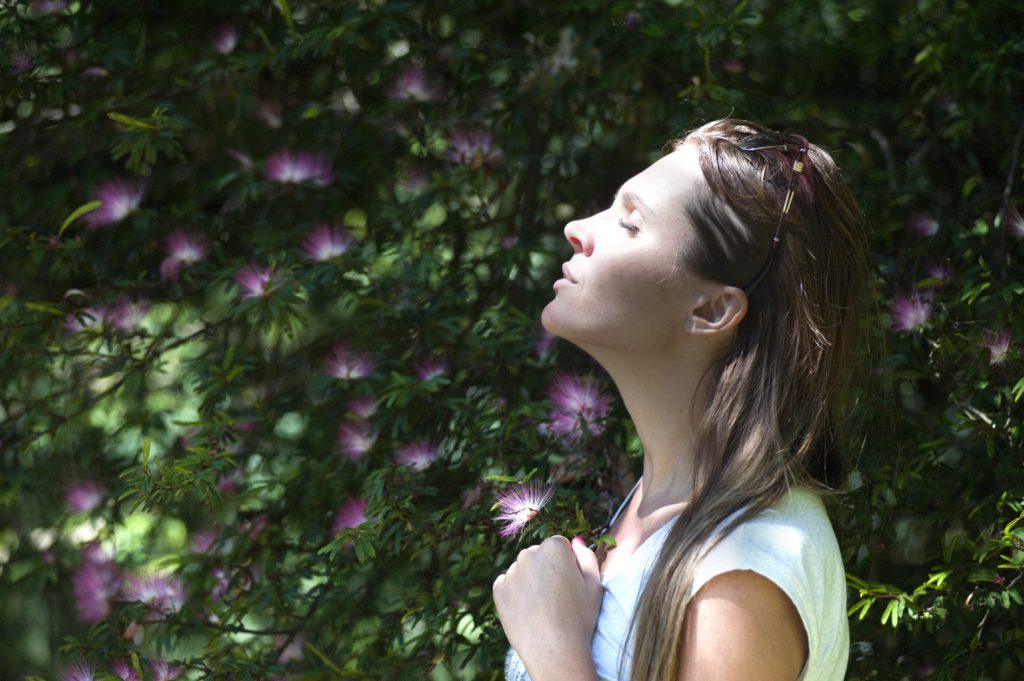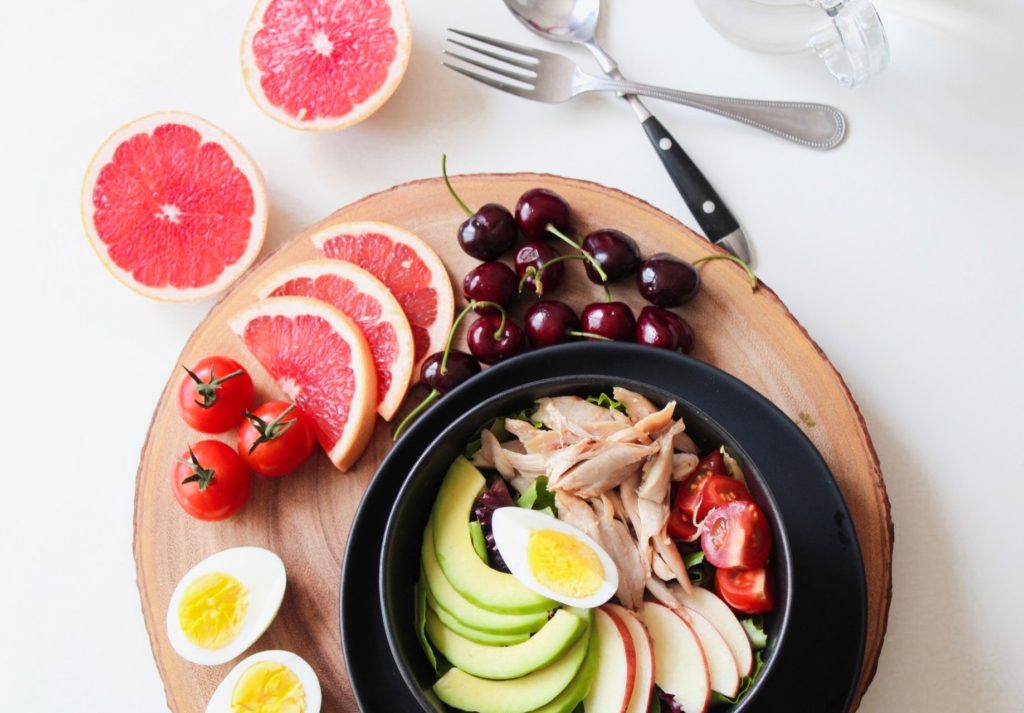Autumn is a magical season, filled with colorful leaves, pumpkins, fresh air, and cozy activities. A lot of people feel comfortable to back to school, wearing cozy clothes, drinking hot soup at night, or taking vibrant photos. But many others can feel uncomfortable with lifestyle changes and can experience what is called “Autumn anxiety”.
5 most common triggers of Anxiety, and how they affect your health
People suffering from “Seasonal Affective Disorder”, or from “autumn anxiety” in particular, feel depressed, irritable, nervous, restless, and lose pleasure in everyday activities.
If you’re feeling a shift in your mood right now, you may be affected by Autumn Anxiety.
4-step checklist to manage autumn anxiety
1. Take a deep breath

An easy exercise to manage anxiety and to ground yourself in the present is to concentrate on your breath.
You can start using the 4-7-8 breathing method, this exercise uses belly breathing to help you relax:
– Sit comfortably, and put your first hand on your belly and the other hand on your chest.
– Take a slow breath from your belly, and count to four as you breathe in.
– Hold your breath, and count from one to seven.
– Try to breathe out all the air in your chest as you silently count from one to eight.
– Repeat this procedure three to seven times until you feel calm.
2. Change your diet

Some research suggests that proper nutrition can help improve symptoms of anxiety:
– Fatty fish, such as sardines, trout, and salmon are high in omega-3. Omega-3 has a strong relationship with cognitive function and improves your mental health.
– Keep your blood sugar stable will help you reduce anxiety.
– Food rich in Vitamin B, such as avocados and almonds, can help you to improve your mood, and to reduce your stress level.
– Eat dark chocolate, chocolate is the most exciting food that reduces the hormone of cortisol, linked to stress and anxiety.
– Last, avoid food that triggers anxiety, such as fried foods, sweetened beverages, alcohol, and too much coffee.
3. Start exercising

Physical activity improves symptoms of anxiety and may reduce the frequency and severity of panic attacks. A regular exercise routine helps to release tension and fatigue, and reduce the feeling of worry and fear.
You don’t need to push yourself very hard; the important is to move your body regularly. Start by dedicating time in your day to take a walk or jog outside to soak in the light. Exercise and light can do wonders for your mood.
4. Seek out professional help

If you still feel overwhelmed, or you find it difficult to deal with anxiety on your own, you can consider seeking support from a specialist:
A lot of therapist uses CBT (Cognitive behavioral therapy) to help patients suffering from a seasonal affective disorder.
Considering therapy will not only help you deal with autumn anxiety but will also prepare you for fall depression.




